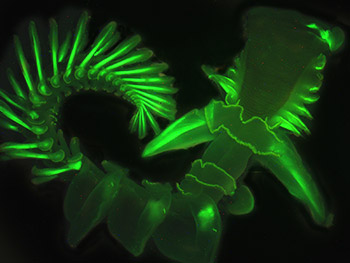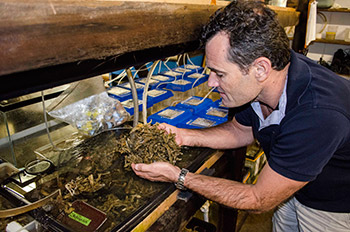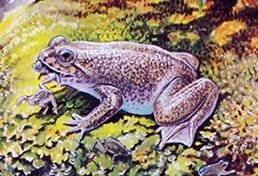Podcast: Play in new window
BOB HIRSHON (host):
Worms that glow. I’m Bob Hirshon and this is Science Update.

Divers in coastal waters may be surprised by a brilliant blue glow at the bottom of the ocean. The light is produced by a marine worm that secretes bioluminescent mucus when disturbed, according to Scripps Institution of Oceanography marine biologist Dimitri Deheyn. He says bioluminescence is caused by a reaction between two chemicals, like cracking a glowstick.
DIMITRI DEHEYN (Scripps Institution of Oceanography):
Animals that produce light have tiny mini itty bitty glowsticks in their cells.
HIRSHON:
He says most bioluminescent invertebrates, like fireflies, produce light in brief flashes. But the Chaetopterus worm can glow for up to 27 hours.
DEHEYN:
The chemistry, it’s different from what has been described so far.
HIRSHON:
He and his team are trying to uncover the secrets of the worm’s bioluminescence so they can recreate it in the lab. Once they do that, it could be useful in biomedical research, for instance, by visualizing gene activity. I’m Bob Hirshon, for AAAS, the science society.
Story by Susanne Bard


